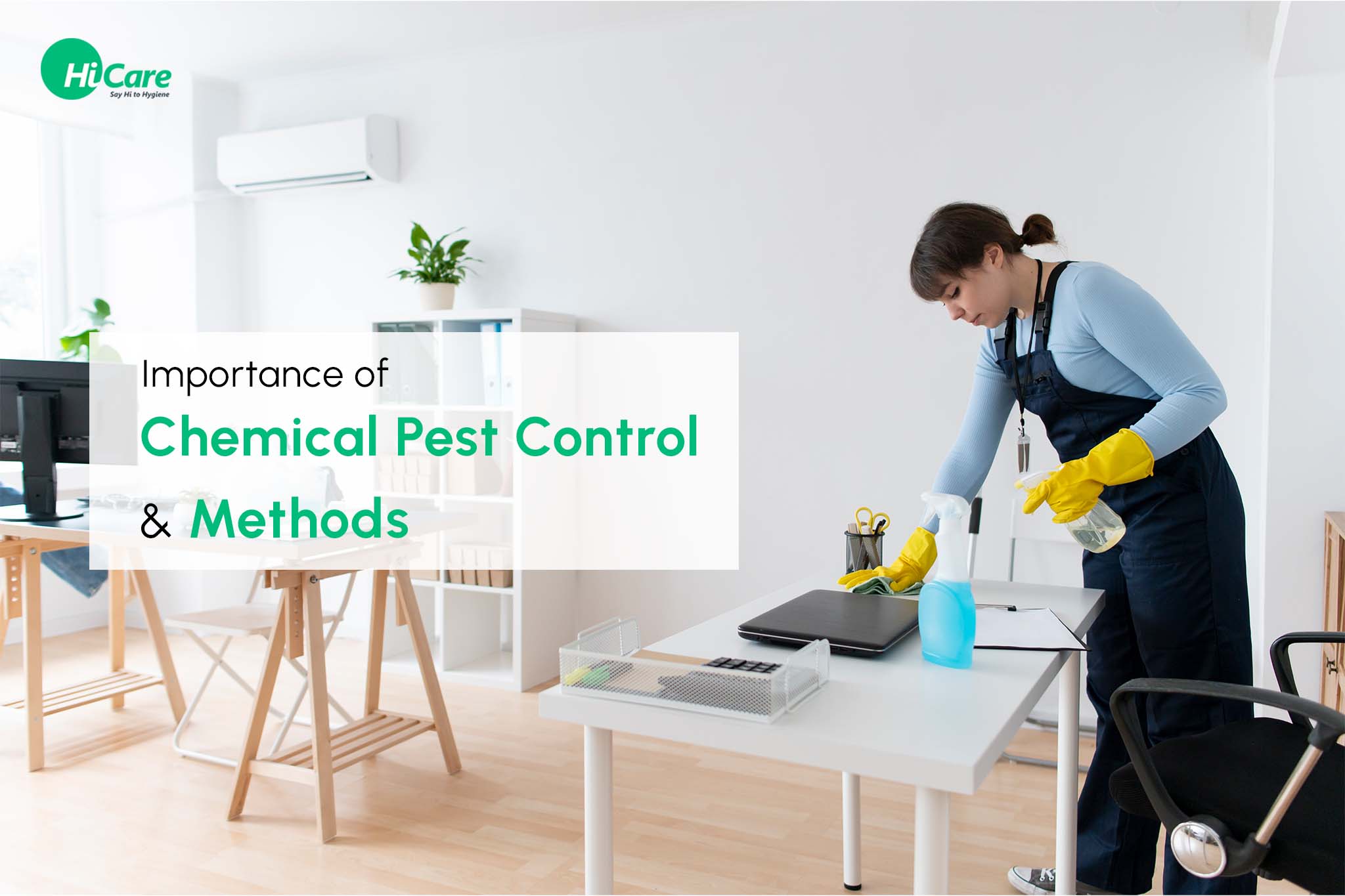Pests can quickly turn a cozy home into a source frustration and worry. If you believe that your home has been infested by pests, knowing the signs of a pest problem is crucial to taking action before the situation escalates. This article aims to help you spot those obvious signs of an invasion, ranging from excrement and unusual odors to actual sightings of pests themselves.
Understanding common household pests and how to efficiently deal with them is crucial for maintaining a pest-free environment throughout the year. Exterminator Queen Creek attempt DIY pest control methods, but these can often fall behind of providing lasting results. In this piece, we will explore not only the signs that point to a pest issue but also the best actions to take for successful pest management, ensuring your home stays a refuge free from insects.
Identifying Frequent Household Pests
Frequent home infestations can be a bother and may pose health risks. Recognizing these infestations early is crucial for effective control. Some of the most common pests include ants, cockroaches, mice and rats, and bed bugs. Tiny ants can often be seen trailing in lines, searching for food. Cockroaches might hide in dim corners, and their droppings can indicate their presence. Rodents, particularly small rodents and rats, may leave excretions or gnaw marks, indicating their scavenging activities.
Bed bugs are elusive and may go detected until their bites appear. They tend to hide in edges of mattresses or in back of bed frames. Other pests, such as wood-eating insects, may show indications of destruction to timber constructions, so it's vital to keep an eye out for their presence. Notably, stinging insects like honeybees and yellow jackets can also turn into a problem, especially when they build nests in proximity to your place, leading to sudden encounters in your outdoor space.
Grasping these widespread pests and their habits is the initial move in ensuring a clear of pests home. Frequent inspections and vigilance of indicators can help you identify and address any infestations promptly. Stay alert throughout the year, as pest activity can change with the changing seasons.
Effective Rodent Control Strategies
To keep a bug-free home, it is essential to combine prevention, identification, and eradication methods. First, concentrate on blocking access points. Inspect windows, doorways, and foundations for gaps or holes that pests could utilize to enter. Installing screens on window openings and confirming entrances are properly fitted can greatly reduce the likelihood of an infestation. In addition, regular upkeep can help discourage common household pests by maintaining your environment unwelcoming.
Afterwards, think about the importance of hygiene in bug eradication. Frequent sanitizing practices, such as hoovering and disinfecting surfaces, can eliminate food sources and shelters for vermin. Pay special attention to the cooking area and dining areas, where crumbs and spills can invite undesirable visitors. Keeping food in sealed jars and disposing of waste properly will additionally reduce the chances of interactions with bugs. It’s also vital to tackle any damp issues, as many bugs are drawn to damp settings.
Ultimately, when an infestation occurs, it's important to act quickly and efficiently. Identify the kind of pest and select the suitable control approach. While DIY techniques can offer temporary results, they often fail to resolve the core problem. For persistent or significant invasions, arranging professional pest control may be essential to ensure thorough treatment. Always stay informed about eco-friendly and pet-safe options when choosing bug management strategies to safeguard your loved ones and the nature.
All-Year Prevention Tips

To maintain your house pest-free all year the year, it’s important to take proactive measures regardless of the season. Start by maintaining tidiness in and around your home. Consistently vacuum and wipe down surfaces to eliminate food particles that attract pests. Pay extra attention to kitchens and dining areas where crumbs can easily accumulate. Additionally, ensure that garbage is thrown out promptly and stored in sealed containers to prevent access for critters looking for a meal.
Seal any cracks and gaps in your home's exterior to block potential entry points for pests. Check window frames, doors, and basement for any openings that could allow insects or rodents in. Putting in place door sweeps, repairing screens, and caulking gaps can significantly reduce the chances of pest invasions. It’s also helpful to keep greenery and vegetation cut back from your home, as overgrown plants can provide simple access for pests.
Lastly, consider implementing a periodic inspection routine. Arrange professional pest control services at least twice a year to identify and address any vulnerabilities before they escalate into infestations. During these inspections, experts can assess your home for signs of common pests and provide personalized advice on preventive measures. With consistent effort and vigilance, you can create a pest-resistant environment in your house year-round.
